Pachira Aublet
money tree, money plant, lucky tree, provision tree
Bombacaceae
tropical Central America and northern South America
Pachira aquatica Aubl.
P. glabra Pasq.
Pachira aquatica and P. glabra are introduced throughout the tropics for cultivation, but not documented as escaped or naturalized.
not weedy
terrestrialterrestrial:
(adj) growing on land as opposed to living in water
to amphibiousamphibious:
(adj) of a plant able to live on land or in water
tree, sometimes decidous
Trunk smooth, trunk base often swollen, sometimes buttressed; bark green to grayish-brown; branches ± whorledwhorled:
(n) bearing whorls; a type of leaf arrangement (phyllotaxis) in which leaves are in whorls
 , crowncrown:
, crowncrown:
(n) the basal portions of a herbaceous plant, usually where root or rhizome meets aerial stem
spreading. Leaves alternatealternate:
(adj) (of leaves) bearing one leaf per node; placed singly on the stem at different heights
 , palmately compoundcompound:
, palmately compoundcompound:
(adj) with two or more like parts, as in a compound leaf; divided into two or more subsidiary parts or orders, as in a compound inflorescence
; petiolatepetiolate:
(adj) relating to or in the form of a petiole; bearing petioles
; stipules lanceolatelanceolate:
(adj) lance-shaped; widest point below the middle, tapering to the apex
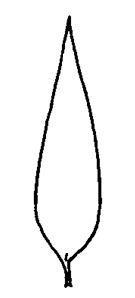 . Leaflets (3-) 5-9 (-11); leafletleaflet:
. Leaflets (3-) 5-9 (-11); leafletleaflet:
(n) one of the leaf-like units of a compound leaf
blade ellipticelliptical:
(adj) in the form of an ellipse (oval)
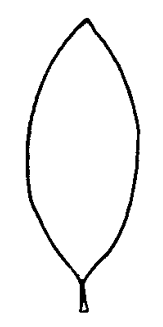 to oblongoblong:
to oblongoblong:
(adj) two to four times longer than wide, with +/- parallel sides
 or slightly obovateobovate:
or slightly obovateobovate:
(adj) ovate, with the narrow end at the base
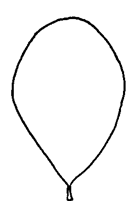 , upper surface slightly glossy, glabrousglabrous:
, upper surface slightly glossy, glabrousglabrous:
(adj) without hairs or scales
, lower surface dull, glabrousglabrous:
(adj) without hairs or scales
or pubescentpubescent:
(adj) (1) covered with short, soft hairs; (2) bearing hairs
; apexapex:
(n) the point farthest from the point of attachment; the tip (often pointed)
acuminateacuminate:
(adj) tapering gradually to a point and forming more or less concave sides
 ; base cuneatecuneate:
; base cuneatecuneate:
(adj) wedge-shaped; triangular, with narrow end at the base
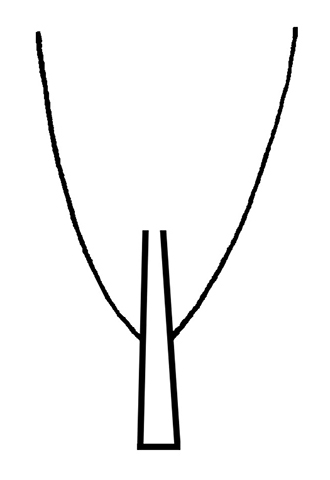 to slightly decurrentdecurrent:
to slightly decurrentdecurrent:
(adj) extending downward, beyond the point of insertion
; marginmargin:
(n) edge; rim
entireentire:
(adj) having a continuous margin that is not toothed or lobed
 ; venationvenation:
; venationvenation:
(n) the arrangement of veins in a leaf
palmate, appearing pinnatepinnate:
(adj) in the form of a feather; of, e.g., leaflets, lobes, or veins: arranged in two rows along an axis
on the leaflets, sometimes bullatebullate:
(adj) having a pimpled or blistered surface
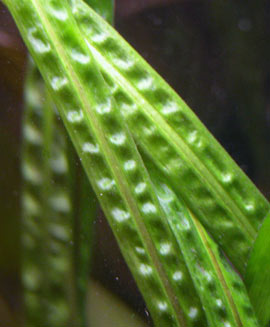 between veins. Inflorescenceinflorescence:
between veins. Inflorescenceinflorescence:
(n) the arrangement of flowers on the floral axis
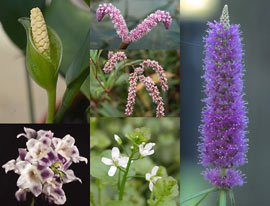 axillary, flowers solitary or 2-to 3-fascicled; bracteoles 2 or 3; flowers large; calyxcalyx:
axillary, flowers solitary or 2-to 3-fascicled; bracteoles 2 or 3; flowers large; calyxcalyx:
(n) the outer whorl of the perianth; all the sepals of a flower
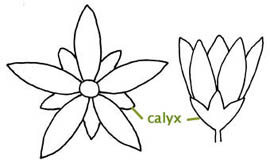 typically campanulatecampanulate:
typically campanulatecampanulate:
(adj) bell-shaped
 , truncatetruncate:
, truncatetruncate:
(adj) terminating abruptly, as if cut straight across
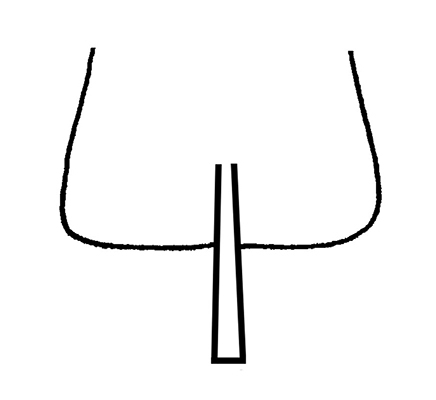 or obscurely lobedlobed:
or obscurely lobedlobed:
(adj) divided into (usually rounded) segments
, glabrousglabrous:
(adj) without hairs or scales
to tomentosetomentose:
(adj) covered in dense, matted, wooly hairs
externally, silky inside; petals 5, spatulatespathulate:
(adj) (or spatulate) spoon-shaped
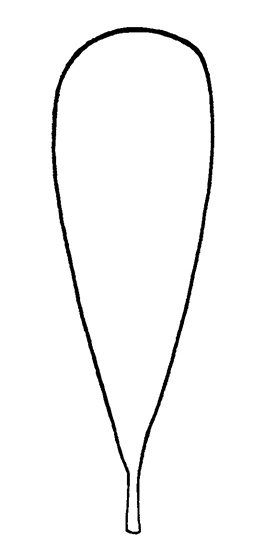 to linear-oblong, strongly reflexedreflexed:
to linear-oblong, strongly reflexedreflexed:
(adj) abruptly curved or bent downward
, yellowish green, white, or reddish; stamens in 1- or 2-whorls or 5-10 fascicles, connateconnate:
(adj) of plant parts congenitally united into a single structure
basally into staminal tube, long, cream-white, or crimson-tipped; anthers oblongoblong:
(adj) two to four times longer than wide, with +/- parallel sides
 , straight or curved, yellow to red.
, straight or curved, yellow to red.
on moist ground along rivers, estuaries, and other bodies of water, in wetland mangroves and freshwater swamps
A genus comprising nearly 50 species, of which none are true aquatics. Pachira aquatica and P. glabra are terrestrialterrestrial:
(adj) growing on land as opposed to living in water
to amphibiousamphibious:
(adj) of a plant able to live on land or in water
. Pachira glabra is commonly cultivated as a houseplant with braided stems and its seeds are edible.